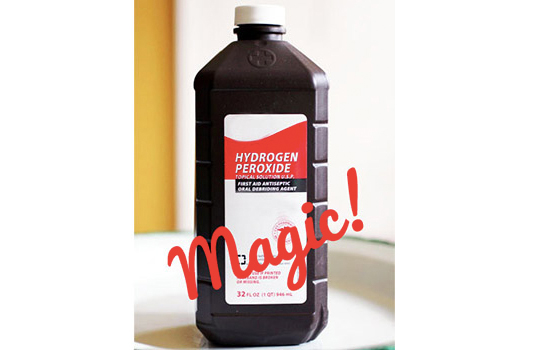Whiten your teeth with activated charcoal?!?
It's weird, but it works! It leaves your teeth feeling extra clean, helps with bad breath, and they will be whiter of course. Activated charcoal is what you will find in all of your store bought whitening stripes you pay loads of money for. Activated charcoal is the ingredient that removes staining form coffee, teas and cigarettes. This will work better, cost less, and is all natural.
What you need to whiten your teeth with activated charcoal:
- 1 old toothbrush (or one you don’t mind getting black)
- 1 capsule of Activated Charcoal (I use this brand)
- A cup
- Water
Activated Charcoal teeth whitening directions:
- Wet your toothbrush well.
- Place toothbrush on top of a napkin, piece of toilet paper, or paper towel.
- Gently twist open your activated charcoal capsule.
- Carefully empty activated charcoal powder onto toothbrush
- Start brushing! It will be a little bit “powdery” at the beginning, but your saliva will soon take over and spread the powder everywhere. You could also add a small amount of toothpaste to your toothbrush and dip into the charcoal powder if you prefer.
- Gently brush for 3 to 5 minutes. Spit periodically into your cup, rather than sink. This will make clean up easier!
- Rinse your mouth well with water. Be sure to brush your tongue too with water as it will be black
- Dump your spit cup into the toilet and flush.
- Clean any excess powder residue on your sink with a wet wipe





 Equal Housing Opportunity
Equal Housing Opportunity